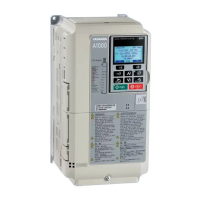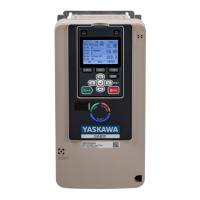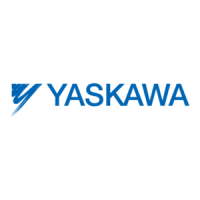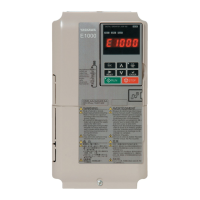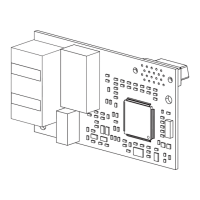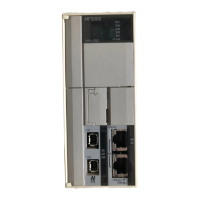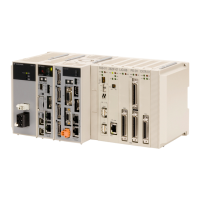Diagnostic & Troubleshooting 6 - 17
If the Motor Overheats
Take the following steps if the motor overheats.
The load is too heavy.
If the motor load is too heavy and the motor is used when the effective torque exceeds the motor's rated torque, the motor will
overheat. Reduce the load amount by either reducing the load or increasing the acceleration/deceleration times. Also consider
increasing the motor size.
The ambient temperature is too high.
The motor rating is determined by a particular ambient operating temperature range. The motor will burn out if it is run
continuously at the rated torque in an environment where the maximum ambient operating temperature is exceeded. Lower the
motor's ambient temperature to within its acceptable range.
The withstand voltage between the motor phases is insufficient.
When the motor is connected to the Drive output, a surge is generated between the Drive switching and the Drive motor coil.
Normally the maximum surge voltage is three times the Drive's input power supply voltage (i.e., 1200Vac for a 480Vac). Be
sure to use a motor with a withstand voltage between the motor phases that is greater than the maximum surge voltage. In
particular, when using a 480Vac Drive, use an inverter-duty motor.
If Peripheral Devices Like PLCs or Others are Influenced by Starting or
Running Drive
If noise is generated by Drive switching, implement the following countermeasures:
1. Change the Drive's Carrier Frequency Selection (C6-02) to lower the carrier frequency. This will help to reduce the
amount of internal switching.
2. Install an Input Noise Filter at the Drive's input power terminals.
3. Install an Output Noise Filter at the Drive's motor terminals.
4. Use metal tubing. Electric waves can be shielded by metal, so encase the Drive in metal.
5. Ground the Drive and motor.
6. Separate main circuit wiring from control wiring.
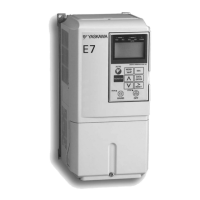
